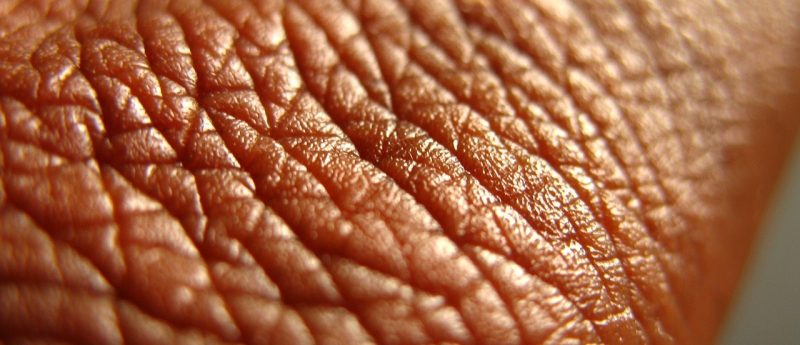Thrombin modified stem-cells: a novel molecular glue?

Scientists from the University of Bristol ( UK) have recently published a paper in Nature Communications describing the development of a novel stem cell engineering method that can actively ‘weld’ cells together — providing a new avenue of therapy for wound healing.
Cell membrane engineering allows for the modification of therapeutic stem cells, this enables additional functionalities such as homing, adhesion or resistance to hypoxia. Additionally, engineered tissue healing generally begins with the seeding and adhesion of these modified cells onto a biocompatible scaffold, which eventually produces the extracellular matrix (ECM) – a key component involved in the production of self-supporting tissues during the wound healing process.
So far, there are few examples of cell surface modifications which promote the assembly of a scaffold and the ECM.
However, Adam Perriman and fellow researchers from the University of Bristol ( UK) have now described the modification of human mesenchymal stem cells (hMSCs) with thrombin — an enzyme directly involved in wound healing.
Thrombin catalyses the polymerization of fibrinogen (a protein found in the blood) to fibrin, resulting in the formation of a clot; this process is part of the body’s natural response to injury.
In the study, when exposed to fibrinogen, the thrombin modified hMSCs were able to successfully ‘weld’ together – forming a natural hydrogel. These resulting fused cellular systems are thought to have applications in tissue engineering.
“One of the biggest challenges in cell therapies is the need to protect the cells from aggressive environments after transplantation,” explained Perriman. “We have developed a completely new technology that allows cells to grow their own artificial extracellular matrix, enabling cells to protect themselves and allowing them to thrive after transplantation.”
This discovery could lead to the development of a novel generation of surgical glues and dressings for wounds.
Sources: Deller RC, Richardson T, Richardson R. Artificial cell membrane binding thrombin constructs drive in situ fibrin hydrogel formation. Nat. Comm. 10, 1887 (2019); https://www.bristol.ac.uk/news/2019/april/weld-cells.html